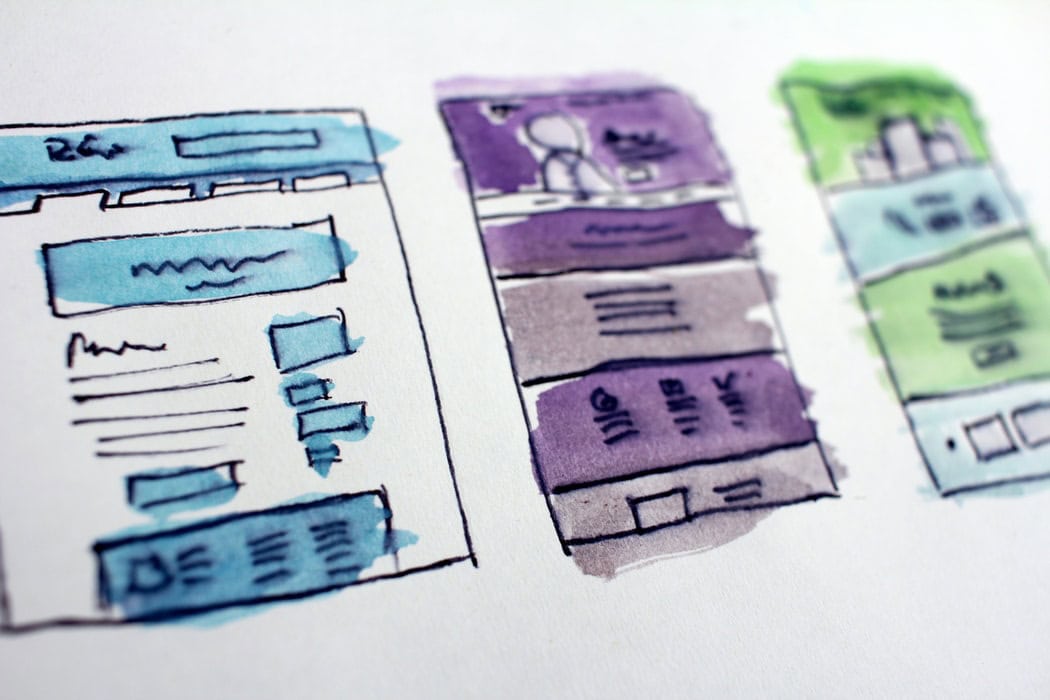When you first launched your website, you probably put a lot of time, effort, and money into designing it. After all, your website is the face of your business online. It needs to represent you in the best possible light by looking good and working well. Unfortunately, we have some bad news: you will need to redesign your website periodically, even if it was exactly what you wanted when it launched. This is mainly because technology and web design are evolving at a rapid pace. Even the best websites eventually end up falling behind, so regularly updating their design is crucial.
What does it mean to redesign your website?
Redesigning a website doesn’t necessarily mean starting over from scratch. It can be as simple as fixing design problems that have come up or updating a theme. In fact, you should only make a drastic change and completely overhaul your website if you’re rebranding. Otherwise, it is best to stick with a similar aesthetic to keep the website recognizably yours. This means you’ll have something to work with when you start – a color scheme, a layout, a logo. So unless you want to change everything entirely, you can think of a redesign more in terms of an upgrade.

Plans for a website design.
How often do you need to redesign your website, generally speaking?
How often your website needs to be redesigned will depend on several factors, including how forward-thinking you were when you first designed it, how well optimized your design is, how much traffic you’re getting, and your plans for the future, among other things. But as a general rule, redesigning your website is something you should do every 2-3 years. However, every website is unique, and the same timeline won’t work for everyone.
When do you need to redesign your website in practice?
In practice, you should redesign your website whenever the website itself or your business necessitate such change. Usually, this comes about every few years. But if you notice issues with your website design, you shouldn’t wait that long to fix them. Instead, you should consider a redesign whenever you find yourself in the following situations:
The design looks and feels old
Some design features are so classic that they are practically timeless – a design based on them can last for well over three years. But sometimes, web design trends change so fast that what looked good and modern just last year feels outdated today. So the best way to determine if it’s time for a redesign is to look at other websites, especially in your niche. How does your design compare to them? Does it look old? If so, you should consider redesigning.

When the website starts to feel out of date, it’s time for a change.
The website no longer works as it should
Nothing is more important than making sure your website is functional. No matter how good it looks, users will hate it if it isn’t fulfilling its purpose. So if you notice that something about the design is no longer working, you have to fix it. Among issues that you should look out for are slow loading speeds, excessive error pages and broken links, non-responsive themes, and poor website structure. All of these will negatively affect performance and, therefore, user experience. A redesign is worth the effort in such cases.
Your needs have changed
As your business grows, your needs will change. You’ll want to add more landing pages, improve on users’ personal pages, add social media feeds, or just accommodate more significant amounts of traffic. For a while, your old website will be able to keep up with this kind of growth. But a time will come when an old website can no longer fulfill your new expectations. When that happens, it’s best to redesign.
You’re running on old technology you want to change
Your business isn’t the only thing changing – technology is evolving every day. As new advances take over, old technology becomes obsolete. So if you designed your website a few years ago using a platform, hosting service, theme, or widgets that were popular at the time, you might now be running old and defunct technology. Not only will this almost certainly affect your users, but it can also impact you and your team.

An upgraded website improves your team’s and your users’ experience.
Your website is a part of your business, so you must have a team that maintains it. They can’t do a good job of that if they’re working on an old website. Furthermore, an old website will have more problems. Your team will consequently need to spend more time fixing those problems than actually improving the website, thus reducing productivity. So if you want to maintain a productive and practical workflow, you need to give your employees something to work with by redesigning your website to catch up with technological advancements.
You’ve rebranded
A new brand requires a fresh start, which includes your website. So when you decide to change everything about your business and its public image, don’t forget to include your website in that update. This is one of the only times when a complete overhaul is actually preferable. You can change everything from how you organize your website to its aesthetics to the tone you adopt – it’s all part of a rebrand.
Things to keep in mind when redesigning a website
When the time comes to redesign your website, you need to pay attention to the following things:
- SEO: is the new website optimized for search engines?
- Website structure: is the organization of the website logical, clear, and straightforward?
- Speed: is the new website faster than the old one?
- Functionality: does the new website work better for both users and your team?
- Aesthetics: does the new website look better and more in tune with your brand?
- Accessibility: is the new website easy to access and navigate from all devices?
- Scalability: can you build upon and develop the new website as your business grows?
If you can nail all of these points with your new design, you won’t have to think about redesigning again for at least another couple of years. Of course, this doesn’t mean you should stop improving your website in other, less all-encompassing ways. So, conduct audits regularly and fix any problems you come across even if you don’t redesign entirely.
